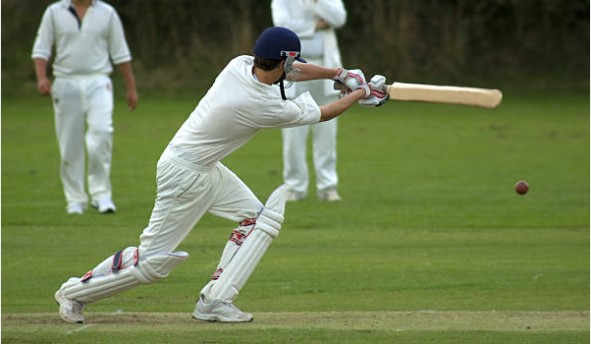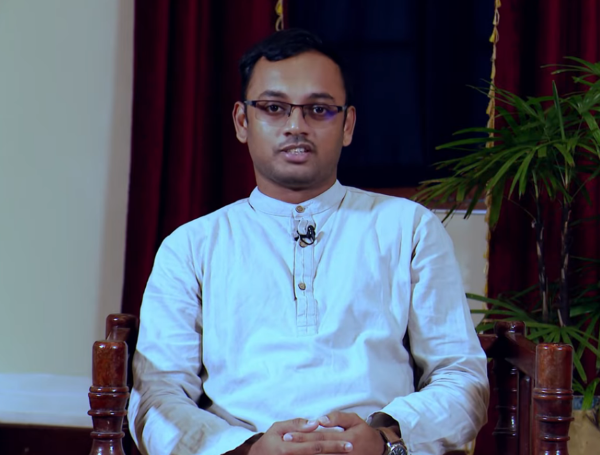Angampora: The Ancient Martial Art of Sri Lanka – By Nadeeka – eLanka

Angampora is a traditional martial art of Sri Lanka, steeped in a rich history and cultural significance that spans centuries. This ancient form of combat combines physical agility, spiritual discipline, and a deep connection to Sri Lanka’s heritage, making it one of the most unique martial traditions in the world. The name “Angampora” is derived from the Sinhala words “Angam,” meaning body combat, and “Pora,” meaning fight. It is not merely a martial art but a comprehensive system of self-defense, healing, meditation, and cultural identity.
The origins of Angampora trace back to ancient Sri Lankan kingdoms, where it was practiced by warriors to defend the island from invaders. Legends and historical accounts suggest that it was an integral part of the military training of Sinhala kings and their armies. This martial art was known for its deadly techniques, which included striking vital points on an opponent’s body, known as “Maru Kala,” that could incapacitate or even kill. The practice of Angampora was not limited to the battlefield; it also played a significant role in maintaining law and order within the kingdom.
What sets Angampora apart from other martial arts is its holistic approach. It is not confined to physical techniques but incorporates elements of spirituality, astrology, and traditional medicine. Practitioners undergo rigorous training that focuses on developing physical strength, flexibility, and mental resilience. The training also includes meditation and breathing exercises to enhance concentration and inner peace. Many Angampora masters are also skilled in herbal medicine, using ancient remedies to heal injuries and illnesses.
The art of Angampora is deeply intertwined with Sri Lanka’s cultural and religious traditions. It often features in rituals and ceremonies, showcasing its spiritual dimension. The movements and techniques of Angampora are inspired by the natural world, mimicking the agility of animals and the flow of nature. This connection to nature is reflected in the training environments, which are typically open spaces surrounded by greenery. The practice is considered a form of worship and respect for the natural elements, blending seamlessly with the island’s Buddhist and Hindu traditions.
Angampora faced a significant threat during the colonial era when it was banned by the British in the 19th century. The colonial rulers saw it as a potential source of rebellion and sought to suppress it by outlawing its practice and punishing those who defied the ban. As a result, Angampora went underground, with practitioners continuing the tradition in secrecy. Despite these challenges, the martial art survived, passed down through generations by dedicated masters who preserved its techniques and philosophies.
In recent years, Angampora has experienced a revival as part of a broader movement to preserve Sri Lanka’s intangible cultural heritage. Efforts have been made to document its history, techniques, and traditions, ensuring that future generations can learn and appreciate this ancient art form. The Sri Lankan government and cultural organizations have recognized Angampora as an important aspect of the nation’s identity, promoting it through workshops, exhibitions, and performances.
Today, Angampora is more than just a martial art; it is a symbol of resilience and cultural pride. It serves as a reminder of Sri Lanka’s rich history and the indomitable spirit of its people. The practice of Angampora is not limited to Sri Lanka; it has gained international recognition, attracting martial arts enthusiasts and cultural researchers from around the world. This ancient art continues to inspire and captivate, bridging the gap between the past and the present.
In a rapidly modernizing world, Angampora stands as a testament to the enduring power of tradition and the importance of preserving cultural heritage. It embodies the essence of Sri Lankan identity, reflecting the island’s history, spirituality, and connection to nature. Through the efforts of dedicated practitioners and supporters, Angampora continues to thrive, ensuring that this unique martial art remains a living legacy for generations to come.




















